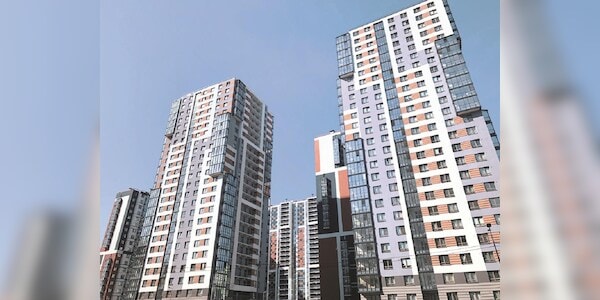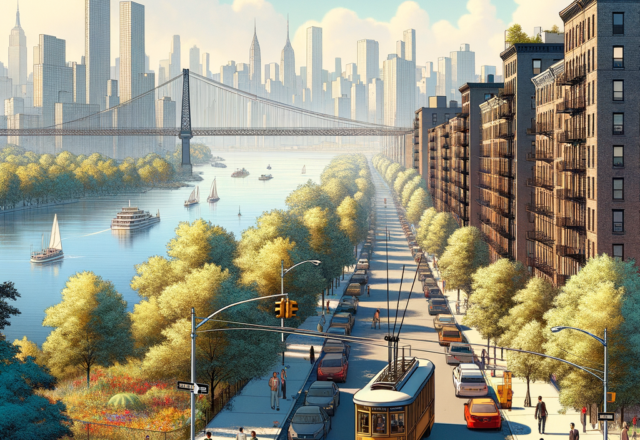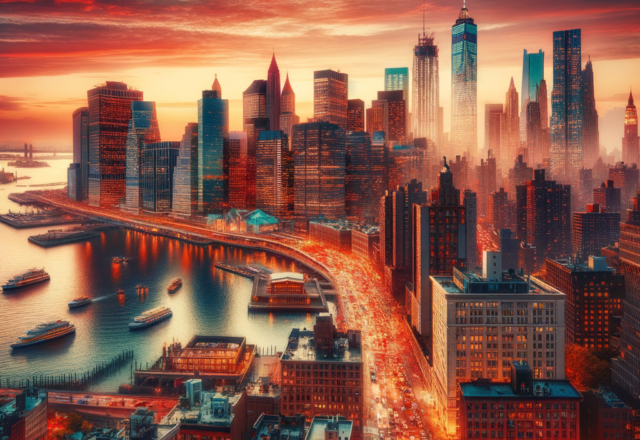Broadway to Wall Street walking tour Broadway’s Length: Broadway, starting at One Broadway in the Financial District, is the longest street in New York, extending nearly to Albany. Bowling Green: This park, established in 1733, is New York City’s first city park. It was originally built during British colonial rule and witnessed the destruction of a King George statue by colonists in 1776 following the Declaration of Independence. Charging Bull: This 3-ton bronze statue, a gift from artist Arturo Di Modica in 1989, was initially rejected by the New York Stock Exchange but became a popular symbol of financial resilience and good luck. Canyon of Heroes: Tiles embedded in the ground along Broadway commemorate individuals honored with ticker tape parades, a tradition dating back to 1886 (following the Statue of Liberty’s dedication). Trinity Church: Located near Wall Street, this Neo-Gothic church, built in the mid-1800s, is the third church on the site and contains150
Category: New York
Roosevelt Island NYC
NYC island: a hidden gem. Roosevelt Island’s History: Initially inhabited by Native Americans (Minhanok), it became Blackwell’s Island, used for farmland, then a site for public institutions (asylum, hospital, penitentiary) in the 19th and 20th centuries, attracting attention for its harsh conditions, as documented by Charles Dickens. Name Changes & Transformation: Renamed Welfare Island in 1921 to improve public perception, then Roosevelt Island in 1973 to attract residents. It transitioned from a welfare island to a mixed-income residential community in the 1970s. Redevelopment and Features: A master plan created diverse housing, a river walk, parks, and green spaces, prioritizing pedestrian areas over vehicular traffic. The Roosevelt Island Tramway provides scenic access to Manhattan. Unique Urbanism (“Suburban Urbanism”): Roosevelt Island balances dense urban living (housing, education, healthcare) with extensive green spaces and a tranquil atmosphere, lacking significant nightlife or traffic congestion. This creates a family-friendly environment. Transportation: Accessible by subway (F train), tramway, and free150
Robert Moses: The Power Broker Who Built New York
Robert Moses, the subject of Robert Caro’s 1974 book ”The Power Broker,” was a dominant figure in New York City’s urban development from the late 1920s to the late 1960s. Known for his Machiavellian tactics, Moses held numerous influential titles that allowed him to reshape the city’s landscape without ever holding elected office. He was responsible for major projects like FDR Drive, Jones Beach, Shea Stadium, and numerous expressways and bridges, significantly altering Manhattan’s shoreline and displacing nearly half a million people. Despite his contributions to the city’s infrastructure, Moses’s legacy is marred by his controversial methods and racist policies. Caro’s biography not only chronicles Moses’s life but also serves as a broader examination of power dynamics and urban planning in democratic societies. Moses: New York’s powerful builder. Robert Moses’s immense power: Robert Moses, the subject of Robert Caro’s biography “The Power Broker,” wielded unprecedented influence over New York City’s150




